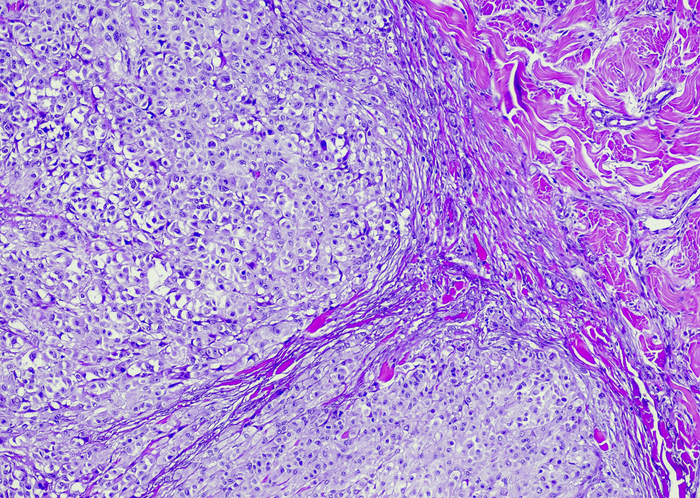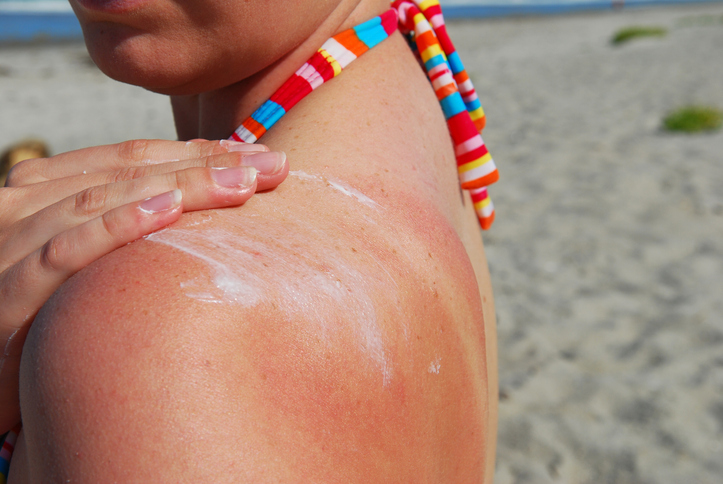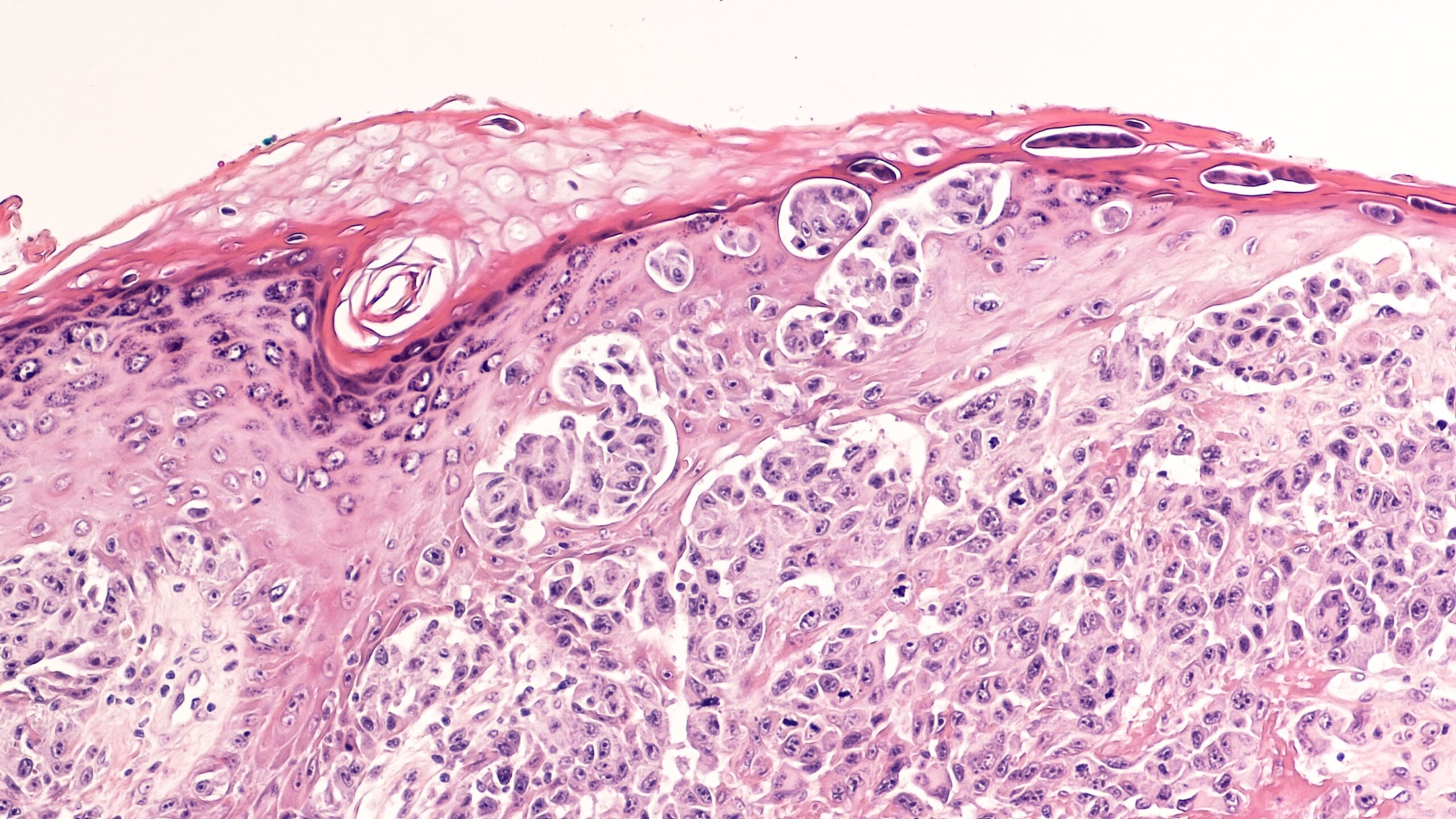
A second opinion from a dermatopathologist could improve reliability of melanocytic lesion diagnosis, according to a recent study.
“A diagnosis is the building block on which all other medical treatment is based,” said study author Joann Elmore, MD, MPH, professor of medicine at the David Geffen School of Medicine at the University of California, Los Angeles (UCLA) and researcher at the UCLA Jonsson Comprehensive Cancer Center, in a press release. “On the other end of these biopsies are real patients: patients answering the late-night, anxiety-inducing phone calls when we inform them of their diagnosis; patients undergoing invasive surgeries; patients weighing their next clinical steps. All patients deserve an accurate diagnosis. Unfortunately the evaluation and diagnosis of skin biopsy specimens is challenging with a lot of variability among physicians.”
To conduct their study, published in JAMA Network Open, the researchers used samples from the Melanoma Pathology Study, which they noted is representative of “the full spectrum of lesions from common nevi to invasive melanoma.” Pathologists independently evaluated five sets of 48 samples. The primary outcome measure was diagnostic accuracy, which was defined as concordance with an expert consensus diagnosis of three experienced pathologists. Accuracy was determined after 10 second-opinion strategies were implemented.
A total of 187 pathologists took part in the study, of whom 113 were general pathologists (mean age at survey, 53.7 years; 57.5% were male) and 74 were dermatopathologists (mean age at survey, 46.4 years; 66.2% were male); 24 lesion samples were analyzed. Of 8,976 initial case interpretations, second opinions were requested in a little less than half (n = 3,899, 43.4%), in most cases for interpretation of severely dysplastic nevi. Interpretations that did not include second opinions and that were only initially reviewed by general pathologists without subspecialty training had the highest misclassification rate (52.8%; 95% CI, 51.3%-54.3%). The second-opinion strategy that yielded the lowest rate of misclassification of melanocytic lesions was when the first three consulting reviewers had subspecialty training in dermatopathology, and when all lesions underwent second opinions (36.7%; 95% CI, 33.1%-40.7%). Some second-opinion strategies, compared to single interpretations without second opinions, significantly reduced misclassification rates, but none of them eliminated diagnostic misclassification entirely. The highest misclassification rates were observed in melanocytic lesions in the middle of the diagnostic spectrum (e.g., moderately or severely dysplastic nevus, Spitz nevus, melanoma in situ, and pathologic stage [p]T1a invasive melanoma).
“This study’s results suggest that there is uncertainty in the interpretations of some proportion of difficult melanocytic lesions by both primary observers and the consultants who render second opinions,” concluded the authors. “However, a second opinion contributed by an expert may facilitate consensus about the appropriate management of a difficult melanocytic lesion.”
According to Dr. Elmore, the implications of the study could largely benefit patients.
“”Second opinions in clinical medicine can increase accuracy, which is a win-win for patients and providers—better diagnoses lead to better outcomes and efficient use of our healthcare expenditures,” said Dr. Elmore. “This is definitely something that healthcare providers should consider when faced with these complex and challenging to diagnose skin biopsies. Our results show having a second opinion by an expert with subspecialty training provides value in improving the accuracy of the diagnosis, which is imperative to help guide patients to the most effective treatments.”






 © 2025 Mashup Media, LLC, a Formedics Property. All Rights Reserved.
© 2025 Mashup Media, LLC, a Formedics Property. All Rights Reserved.